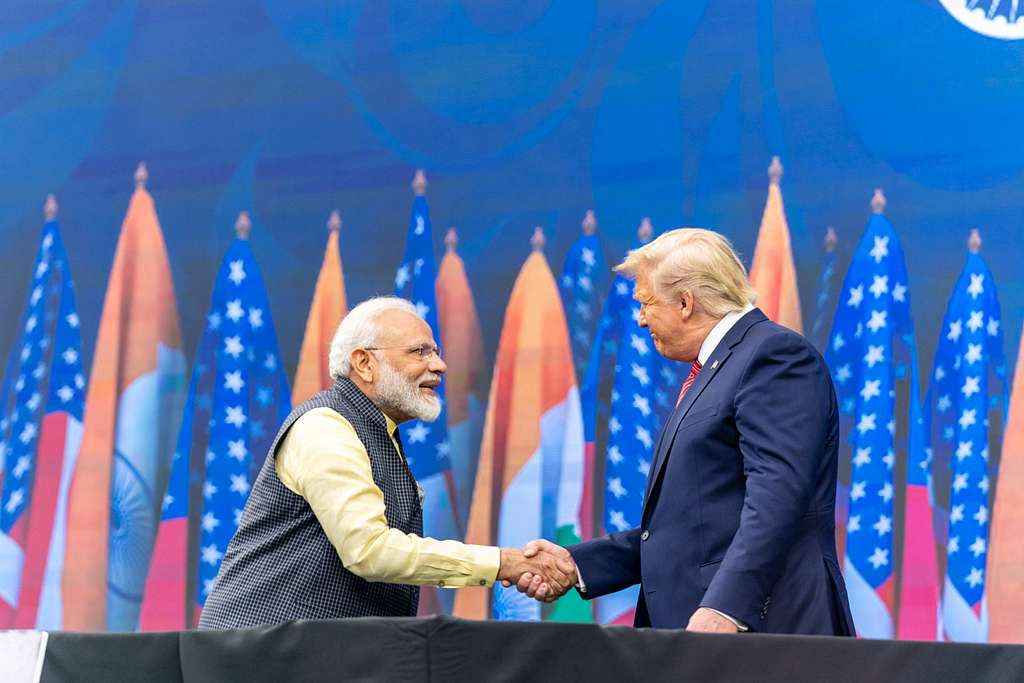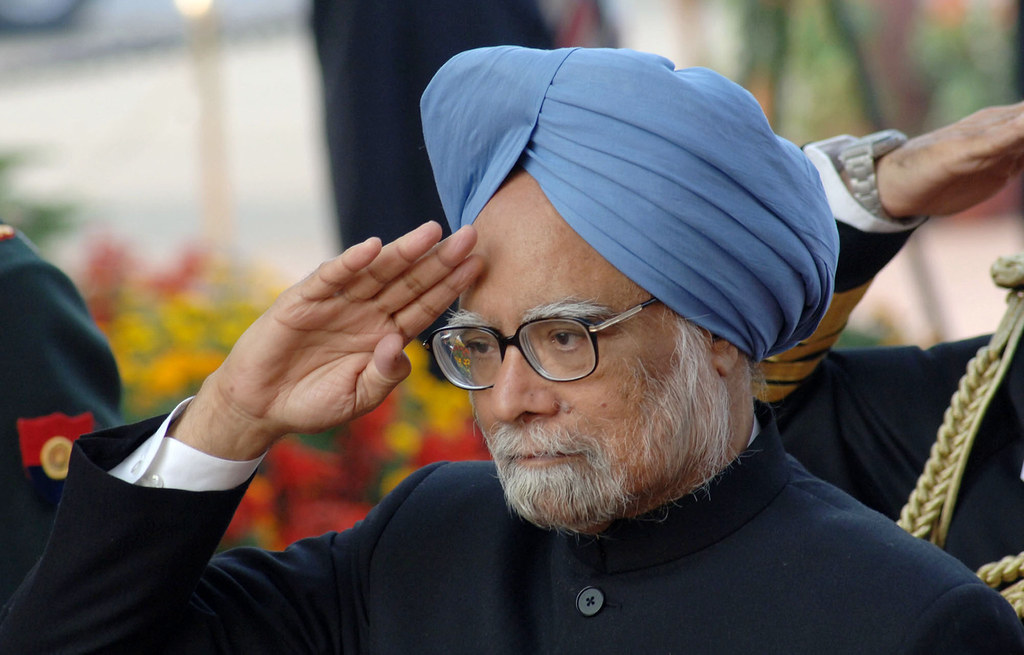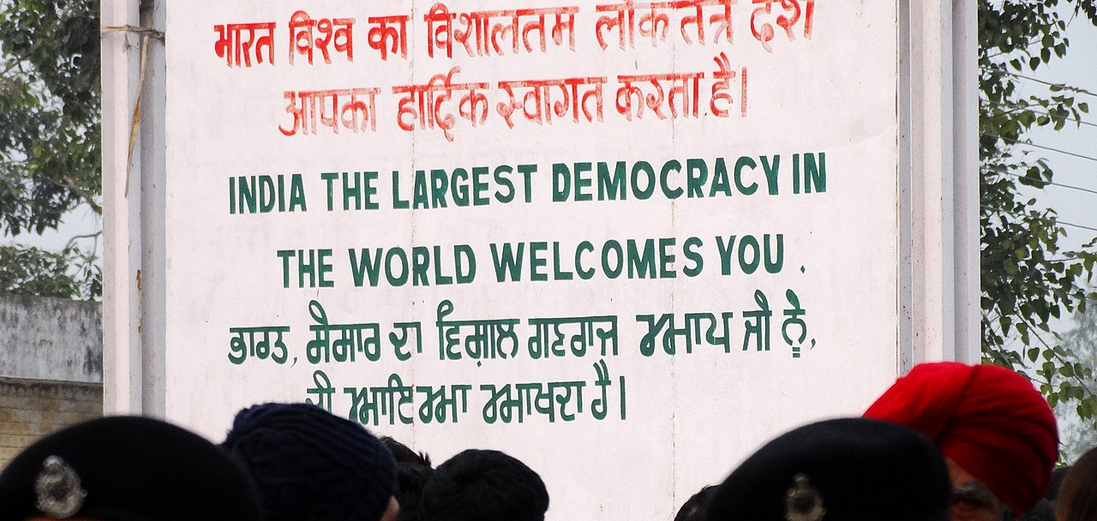
In February 1994, as I was preparing to leave Mumbai for Delhi, a senior professional colleague had a word of caution: “Remember, Delhi is very different to our city. It’s a cut-throat, cruel world out there which we Maharashtrians find difficult to adjust to. Be careful.” This month marks 25 years since I became a Mumbaikar in exile in the national capital and I have just about survived. However, it is true that Maharashtrians in general have been relatively marginal to Delhi’s political elite which might also partly explain the excitement being manufactured at the moment over the possibility that Nitin Gadkari may well be a potential future prime minister.
We can stretch back to the Third Battle of Panipat in 1761 to remind ourselves of how the Marathas were battered and bruised by the invading Afghan forces of Ahmad Shah Abdali. Since then, its been a familiar tale of Dilli Dur Ast, of missed opportunities and setbacks for the politicians from the Western Ghats. YB Chavan, the tallest post-independence Maratha leader almost became prime minister on two separate occasions only to lose out in the final stretch. In 1991, Sharad Pawar too almost made it to the top, only to find a coterie around the Congress high command ease him out. Pramod Mahajan was billed as the BJP’s generation next leader but sudden and tragic death ended his dream.
Fast forward now to Mr Gadkari, a seemingly unconventional BJP politician, cut in the RSS cloth from Nagpur, but just as comfortable in the bright lights of corporate India. Mr Gadkari’s first tryst with the machinations of the Delhi durbar ended in disaster. He was just 52 when he was made party chief in the backdrop of the BJP’s disastrous 2009 election debacle, only to find himself ousted four years later amidst allegations of financial impropriety. That he felt betrayed by his own flock rankled with him: Delhi, he would confess, was not his city (he once came to a function in the freezing cold in Kolhapuri chappals and a light sweater because he said he still didn’t know how else to dress for the winter!).
And yet, from being forced out of BJP presidentship to now being seen as a possible ‘Plan B’ prime minister of a BJP-led government, Mr Gadkari is now a national figure. A series of cryptic remarks at various public platforms over the last two months have been interpreted as a mark of dissent, forcing Mr Gadkari to clarify that he remains a loyal party soldier. In a political milieu plagued by deep insecurity and suspicion, Mr Gadkari’s outspoken nature means that he finds himself increasingly under the scanner as an emerging alternative to Mr Modi.
So what explains the importance of Gadkari in big election year?. Firstly, in a government where most union ministers are perceived as either under-worked or under-performing, Gadkari is among the few who has stood out for actually translating prime minister Narendra Modi’s promises into results. As road transport and highways minister, he is seen to have driven the pace of road creation in a ‘mission mode’ manner: the actual figures of daily road construction maybe disputed but they are well above the UPA years. That as water resources minister, he has also been entrusted the high-profile ‘Clean Ganga’ project is a reflection of his growing stature as a ‘doer’ minister.
Secondly, Mr Gadkari’s proximity to the RSS leadership gives him a power base independent of the BJP’s ruling hierarchy. The monopolistic tendencies of the Modi-Amit Shah style of leadership have allowed limited space for any rival power centres to emerge. Even without being a mass leader, Gadkari is the closest the BJP has to a leader of substance who is not wholly dependent on the BJP’s power couple for his political relevance.
Thirdly, and crucially, Mr Gadkari’s consensual style of functioning is in sharp contrast to the ‘command and control’ leadership style that defines Brand Modi. It is the ever-smiling, accommodating persona that makes the prospect of Gadkari as a potential prime minister of a coalition government so attractive for restive NDA allies who feel constrained and marginalized in a BJP majority government where an omnipotent prime minister’s office calls the shots. That even the opposition has chosen to embrace him as a preferable option to Mr Modi is a sign that the ‘anyone but Modi’ brigade is hoping to fish in the BJP’s troubled waters by propping up a more obliging political figure if there is a hung parliament that demands post-poll alliances.
Finally, Mr Gadkari may even get the nod from India Inc, once prime minister Modi’s cheerleaders but now increasingly concerned with a regime that has chosen to disrupt business cycles, be it through unilateral moves like demonetization, a punitive tax enforcement machine or by cutting off traditional networks of influence peddling. As a politician who has never masked his entrepreneurial interests, Mr Gadkari could offer a less micro-managed business environment.
But while the idea of ‘Gadkari as PM’ may appear attractive to those who fear the rise of Modi as Supreme Leader as evidence of creeping authoritarianism, the truth is that the man from Vadnagar remains the BJP’s biggest asset. The 2019 election battle is being fought by the BJP as a presidential style election where the prime minister remains the solo performer. If for the Congress, the party is the family, for the BJP the party is the individual, where the cult of Modi is sought to be magnified. This may trouble those within the sangh parivar who are discomfited with ideology being subservient to personality, but a more pragmatic political outlook demands that Mr Modi’s dominance be recognized by the sangh leadership.
Which is also why those who seek to create a ‘Modi versus Gadkari’ saffron battle within are building a fantasy narrative. Unless there is a complete meltdown and the BJP loses more than a 100 Lok Sabha seats in comparison to 2014, there is little chance of an alternate leadership emerging to Mr Modi. In the run-up to the 2014 elections too, there was a similar ‘160 club’ notion that was pushed by those who felt that the BJP would not cross a certain threshold and would therefore need a leader who was more amenable to coalition politics. The Modi wave that propelled the BJP to an astounding 282 seats ensured that all such political assumptions were quickly set aside. Which is why even well-wishers of Mr Gadkari would probably be better advised not to push his candidature too far lest yet another Maharashtrian bites the dust in the manipulative power politics of the Hindi heartland.
Post-script: Earlier this week, Sharad Pawar claimed that he was ‘worried’ for Mr Gadkari as he was being projected as an alternative to Mr Modi. Mr Pawar should know since he has never hidden his prime ministerial ambitions in the past. In the byzantine world of national politics, it pays sometimes to stay under the radar for as long as possible.




































































































































































